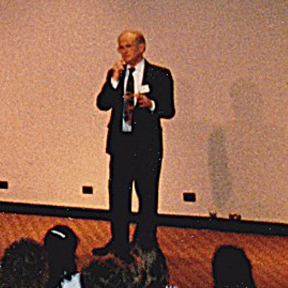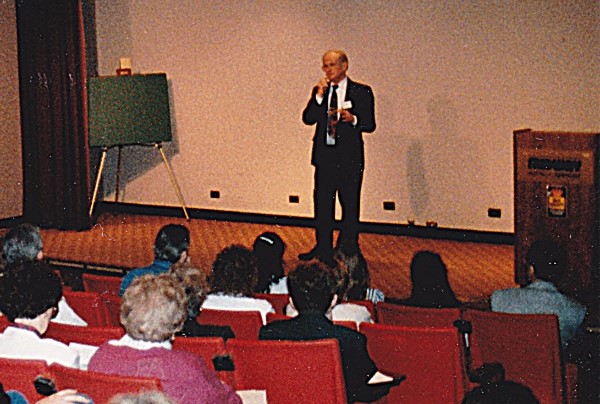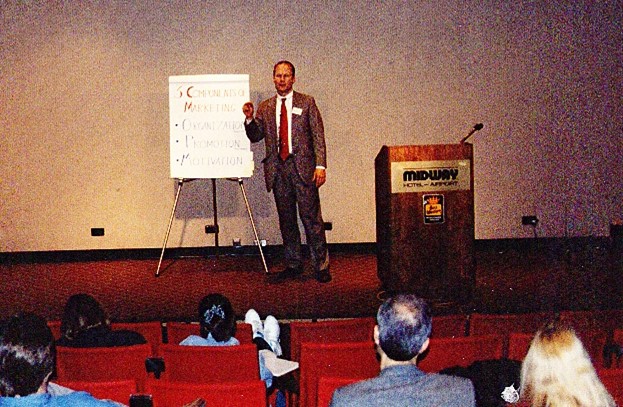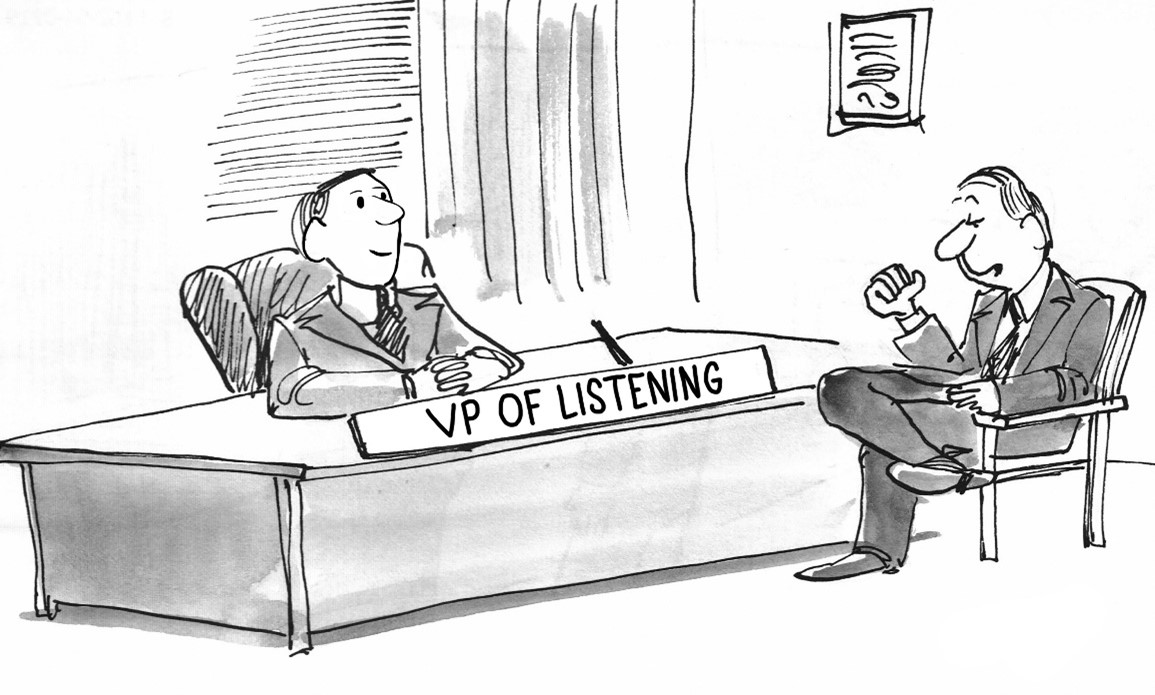
Do you sometimes feel that you are just reporting in on Mondays to work on the assembly line? Has the eagerness to achieve your goals been replaced by an attitude of “now I have to go to work.”
How about your team members? Do you suspect that they sometimes disengage from their work when you are not looking?
It happens.
Yet, the level of any team’s motivation directly affects its level of success.
Here are three keys to improving motivation:
1. GOAL ALIGNMENT
The outcomes of any job need to be matched with the mission of the job.
For example, let’s take the front desk. Many front desk new hires are trained on the appointment procedures for patients but omit teaching them on the mission of the front desk.
The mission of the front desk is to assist the patient in becoming healthier by helping them keep to their health and treatment plan. That would be its mission or higher-level goal. The lower-level, or practical, goals would include every patient keeping their appointment, or 100% kept appointments!
If the front desk is primarily busy working on insurance paperwork, their work is not in alignment with the mission of their job. This is a misalignment of goals.
“The psychologists Ken Sheldon and Tim Kasser have found that people who are mentally healthy and happy have a higher degree of ‘vertical coherence’ among their goals — that is, higher-level (long-term) goals and lower-level (immediate) goals all fit together well so that pursuing one’s short-term goals advances the pursuit of long-term goals”. (The Happiness Hypothesis – pg145)
In the Goal Driven System, we have found that everyone works more efficiently and with a better attitude if the mission of the job is connected to its outcomes.
You, as the doctor, come to the office to work with patients, yet much of your work involves getting administrative tasks completed. Your higher clinical goals as a doctor do not line up with all the admin chores needed.
Here is a sample chart showing higher-level goals and lower-level goals.
 Action Step: Regularly review the mission for everyone’s job, including your own, with the outcomes it needs to produce. Keep higher-level and lower-level goals connected.
Action Step: Regularly review the mission for everyone’s job, including your own, with the outcomes it needs to produce. Keep higher-level and lower-level goals connected.
2. TEAM INCLUSION
Your employees will be more motivated if they are included in the progress and direction of the business in which they work.
“Motivation requires that people see a relationship between their behavior
and desired outcome…” (Edward L. Deci). (Why We Do What We Do, Deci, page 59)
Action Step. Keep your team updated on the progress towards your goals, as we discussed in our last newsletter.* Do this in regular staff meetings to monitor the progress in achieving lower-level and higher-level goals.
3. COACHING AND ACCOUNTABILITY
Several studies indicate that people are more likely to achieve their goals with accountability and support.*
This is one reason why weight-loss programs do so well – there is someone you must answer up to who also guides you, supports you and keeps you on track to your goals.
There are many barriers that can cause us to lose our enthusiasm to achieve our goals and settle for substitutes. Owning and growing a business as a doctor is very challenging and sometimes a lonely endeavor.
Action step: The solution is to recruit trusted advisors – colleagues, and professionals for accounting, legal, and practice development (our specialty.)
Carpe Posterum (Seize the Future)
Ed
This is covered more thoroughly in my book, the Goal Driven Business. Buy it here.
*Last Goal Driven Newsletter: https://www.goaldriven.com/post/those-numbers-do-you-manage-by-emotions-or-by-goals
* Study on Accountability. Psychological Bulletin © 2015 American Psychological Association 2016, Vol. 142, No. 2, 198 –229 Does Monitoring Goal Progress Promote Goal Attainment?


 While she indeed does “sparkle,” so does the entire practice. And the sparkle of this office is a byproduct of its synergy.
While she indeed does “sparkle,” so does the entire practice. And the sparkle of this office is a byproduct of its synergy.
 “Call your mom!”
“Call your mom!”


 On occasion, you may need to hire a new team member. We always help our clients with hiring and “onboarding” new employees on our major consulting programs.
On occasion, you may need to hire a new team member. We always help our clients with hiring and “onboarding” new employees on our major consulting programs.




 The cause of almost all relationship difficulties is rooted in conflicting or ambiguous expectations around roles and goals. Stephen Covey
The cause of almost all relationship difficulties is rooted in conflicting or ambiguous expectations around roles and goals. Stephen Covey







